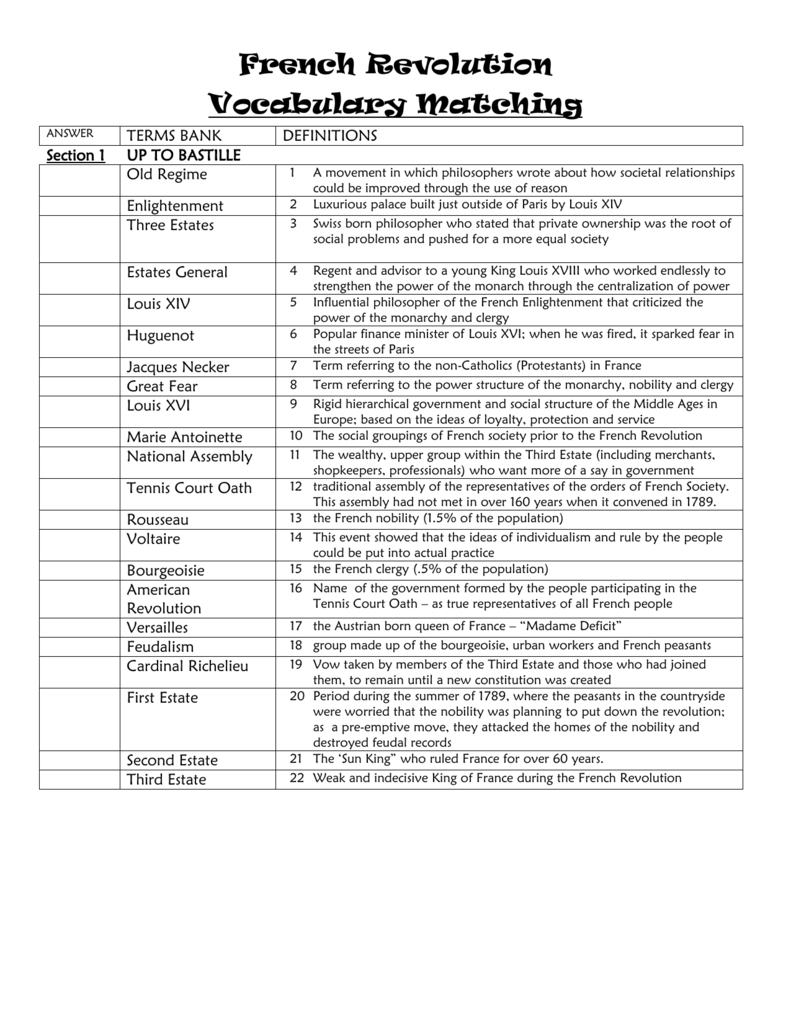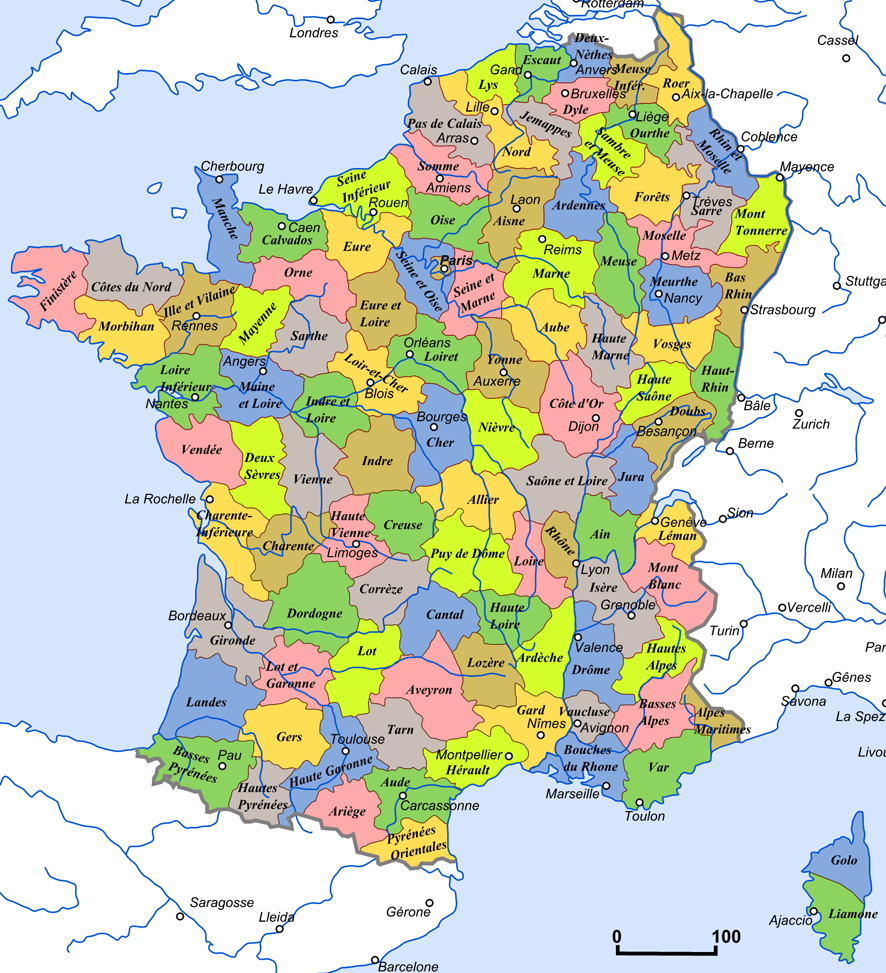

What is the System behind the Planetary Day Names?Īs we saw in the previous section, the planets have given the week days their names following this order: → See additional connotations of the days of the week from a sampling of cultures and time periods. Thus, Tuesday is named after Tiw, Wednesday is named after Woden, Thursday is named after Thor, and Friday is named after Freya. For the four other days, however, the names of Anglo-Saxon or Nordic gods have replaced the Roman gods that gave name to the planets. It is interesting to note that also some Asiatic languages (for example, Hindi, Japanese, and Korean) have a similar relationship between the week days and the planets.Įnglish has retained the original planets in the names for Saturday, Sunday, and Monday.

The link with the sun has been broken in French, but Sunday was called dies solis (day of the sun) in Latin.


Most Latin-based languages connect each day of the week with one of the seven "planets" of the ancient times: Sun, Moon, Mercury, Venus, Mars, Jupiter, and Saturn. The seven-day week may have been chosen because its length approximates one moon phase (one quarter = 29.53 / 4 = 7.3825). A solar year could be more evenly divided into weeks of 5 days, and the moon phases five-day and six-day weeks make a better short term fit (6 times 5 is 30) to the lunar (synodic) month (of about 29.53 days) than the current week (4 times 7 is 28). The number seven does not seem an obvious choice to match lunar or solar periods, however. One viable theory correlates the seven day week to the seven (astrological) "planets" known to the ancients: Sun, Moon, Mars, Mercury, Jupiter, Venus, and Saturn. Ancients wrapping tent poles, small logs for firewood, or other ciruclar objects might have come upon this number and attach a mystical significance to it. Four, 5, and 6 objects will slip from one configuration to another. It is the only stable configuration of wrapping more than 3 circular objects. You get a perfect hexagon with the 7th can in the middle. For example, if you wrap a rubber band around 7 soda cans (or any other convenient circular objects). There are practical geometrical theories as well. The week was known in Rome before the advent of Christianity. This seventh day became the Jewish day of rest, the sabbath, Saturday.Įxtra-biblical locations sometimes mentioned as the birthplace of the 7-day week include: Babylon, Persia, and several others. The first pages of the Bible explain how God created the world in six days and rested on the seventh. Today the seven-day week is enforced by global business and media schedules, especially television and banking. The British Empire used the seven-day week and spread it worldwide. The common explanation is that the seven-day week was established as imperial calendar in the late Roman empire and furthered by the Christian church for historical reasons. The only thing we seem to know for certain about the origin of the 7-day week is that we know nothing for certain. Authorities have very different opinions about the history of the week, and they frequently present their speculations as if they were indisputable facts. Incan field workers would chant, "The sun rains gold, the moon rains silver." In art, the warm, golden sun is often depicted as male, while the cool, silver moon is portrayed as female.ĭigging into the history of the 7-day week is a very complicated matter. Since time immemorial, the sun and the moon have inspired artists.


 0 kommentar(er)
0 kommentar(er)
